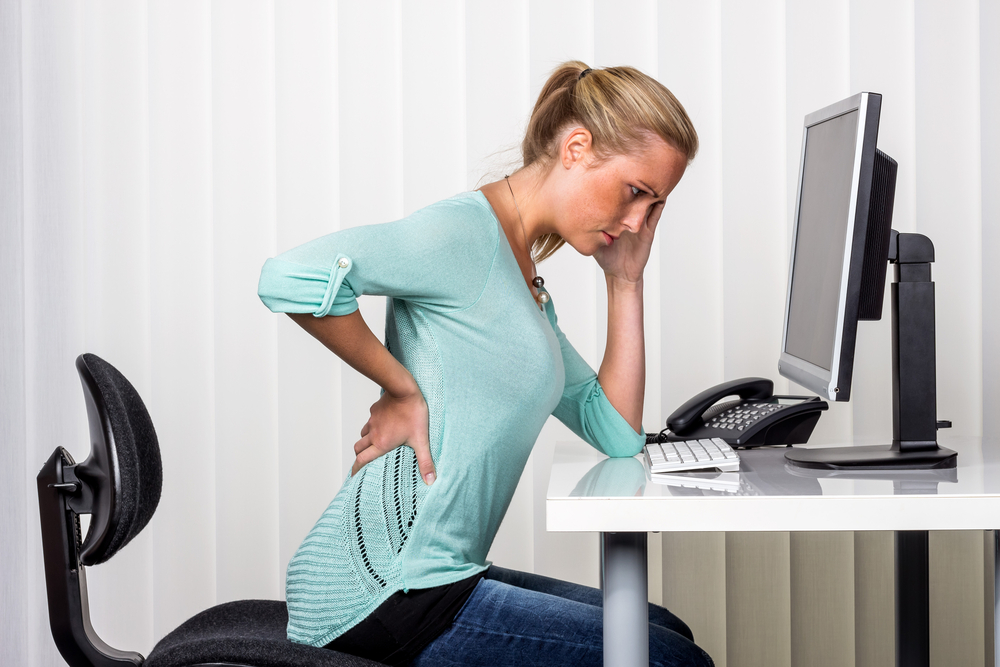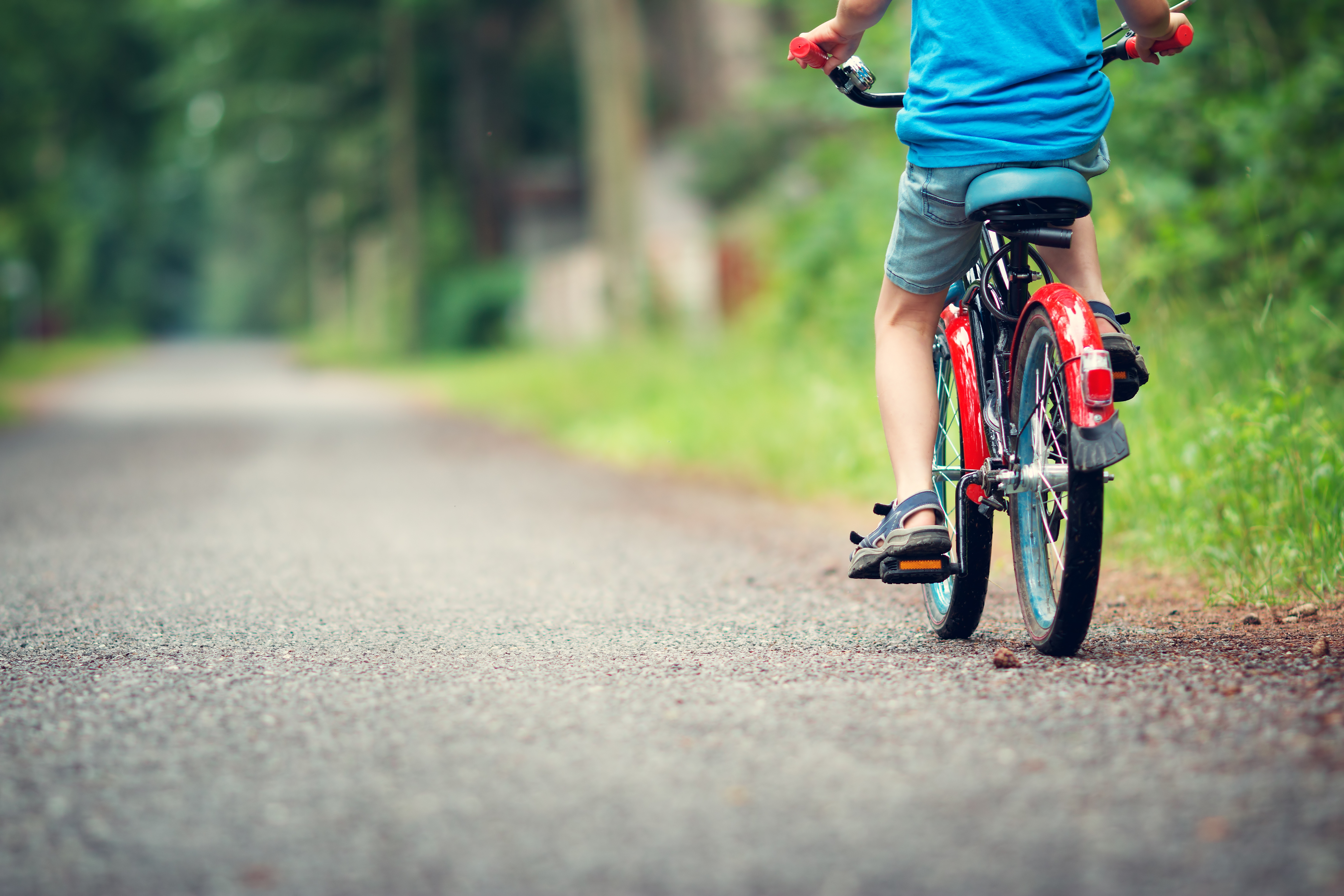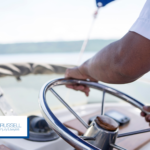After an injury you face a number of uncertainties—especially if one of them is determining whether or not you can continue to work in the role you were in before your injury.
Wondering whether or not you will be able to support yourself, your family and wondering what your financial future will look like can leave you feeling helpless and worried, but there are a number of paths ahead of you to help you get the support that you need.
Returning to work
While on your recovery journey sometimes victims of personal injury can recover to a point where they can return to the work you did before your injury.
Returning to different work
However, unfortunately this isn’t always possible. If you are not able to return to the point where you are able to return to the work you did before your injury, there may be different professions or roles you could pursue with your disability in a new chapter of your life. As difficult this can be, it can open up a new path for you in your life to do different work that also feels rewarding.
Insurance
But, if you are not able to return to work there are a number of resources available to you. If you are covered by short-term or long-term disability insurance this is an outlet to get financial benefits if you are unable to return to work.
Canadian Pension Plan
Another possible way to receive the benefits you need could be through the Canadian Pension Plan (CPP). The CPP has a number of different benefits to help those who are disabled and their families.
No matter where your recovery journey leads you when it comes to your work life it’s important to have an expert to help you secure the legal, financial and personal support necessary following an accident. Dye and Russell is here for you.
If you have been injured, and need legal assistance, call #1000 on your cell phone for free. We will offer you a free claim assessment.







